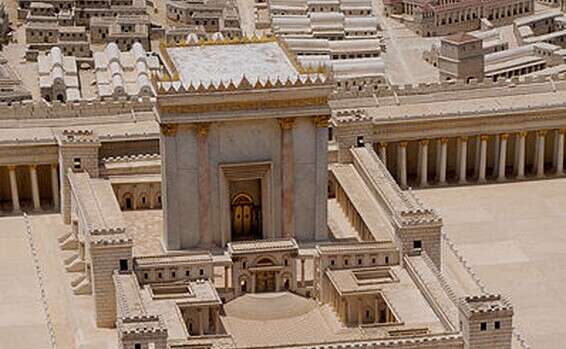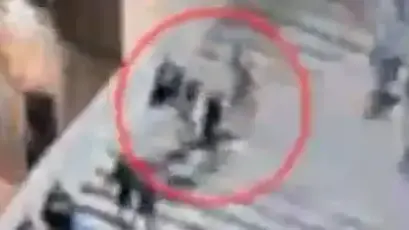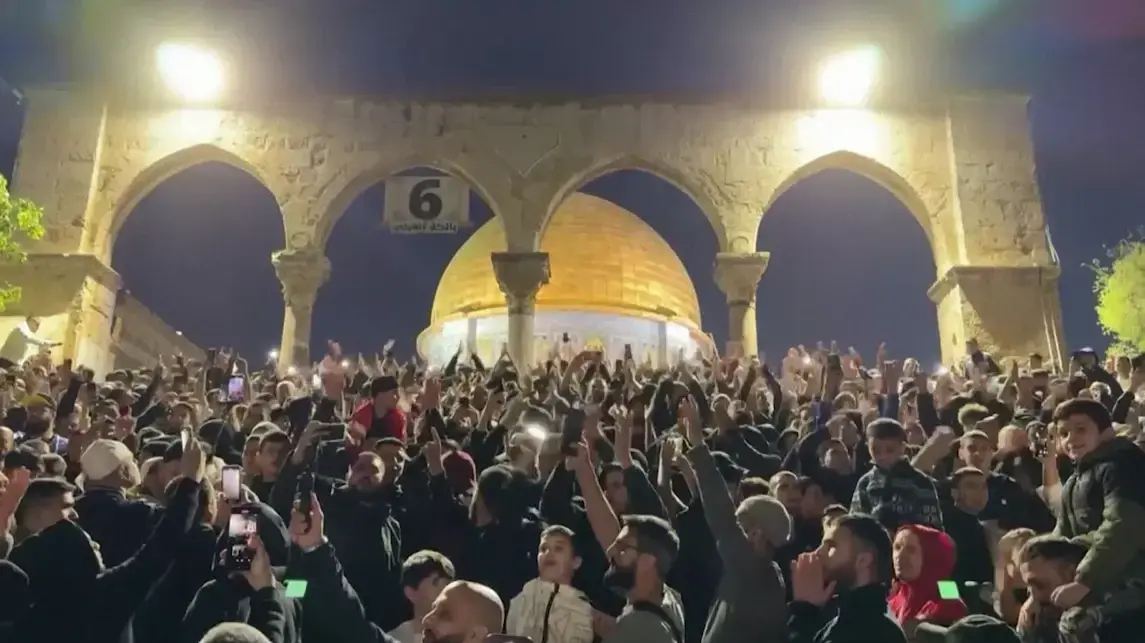Judaism speaks of two temples destroyed in history and another temple to be built later • But a look at history shows - there were five different temples
Simulation of the Temple at the Israel Museum // Photo: Sarah Murray, Wikipedia
T. Bab is the date on which the Jewish people commemorate the destruction of the two temples of the people of Israel on the Temple Mount. These are ostensibly the Temple built by King Solomon during the reign of Israel in the First Temple and the Temple built by King Herod during the Second Temple period. But are these the only two cases in which temples have been erected by the people of Israel, and is it possible that they have already tried to establish the Third Temple on the Temple Mount as well?
Attorney Ram A. Gamliel, a collector of ancient documents of Eretz Israel and founder and editor of the Eretz Israel website, says that in fact the Temple in Jerusalem was built no less than four times, and there was also a fifth attempt to build the Third Temple - with the approval of the Romans, a project that was stopped and eventually completed .
"The first temple was built by King Solomon and lasted about 410 years until its destruction by the Babylonians and the exile to Babylon. After the exile, with the return of the Jews to the Land of Israel, after the declaration of Cyrus, a new temple was built, but according to the description in Ezra In his appearance and poverty.
"About 230 years later, the people, who have meanwhile established themselves, decide to demolish the sparse temple and build a larger temple under it, with much higher and more magnificent walls - this is still a 'second house' but in a completely new version."
But here the story does not end: 230 years after the temple rebuilt by Shimon the Tzaddik, Herod arrives and a doubtful informer demands that the people allow him to completely destroy (apart from the complexes of the sacrament) the Temple Mount, double it and build a larger and more magnificent temple than all its predecessors. "With a lot of fear that Herod seeks to bring about a cessation of work agree, quite without choice, the people and their leaders to demand, refrain from rebellion and civil war and indeed receive in return a temple that Sages said of him 'whoever has not seen the Herod building has never seen a handsome building.' This temple was destroyed by Titus in 70 AD. "
In other words, the second temple built with the Return of Zion was built three times and not once as one might think. The fifth structure, which was less well known, occurred after the destruction of the Second Temple, but was unsuccessful.
"So far we are talking about four buildings, different in shape and pharma, that stood on the Temple Mount and each in its time was the Temple. But there was also an attempt to build the Third Temple, a story that is even less known, in 363 Roman Emperor Julian the Apostate declared construction. The temple was rebuilt. The emperor appointed a foreman on his behalf, budgeted work materials and budget and even began work. " But here fate or the hand of God intervened, depending on how you look at it - a combination of a severe earthquake that stopped the works and the death of Julian in battle against the Persians, about a month later, which led to the rise of a Christian emperor, stopped the trial in Ivo.








/cloudfront-eu-central-1.images.arcpublishing.com/prisa/EN3SW5NDZVGYPJEKNJGQDIP2UQ.jpg)
